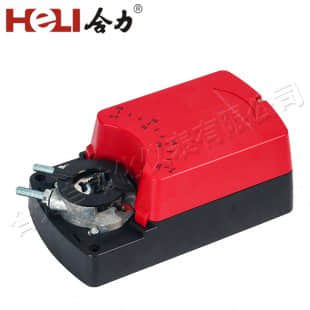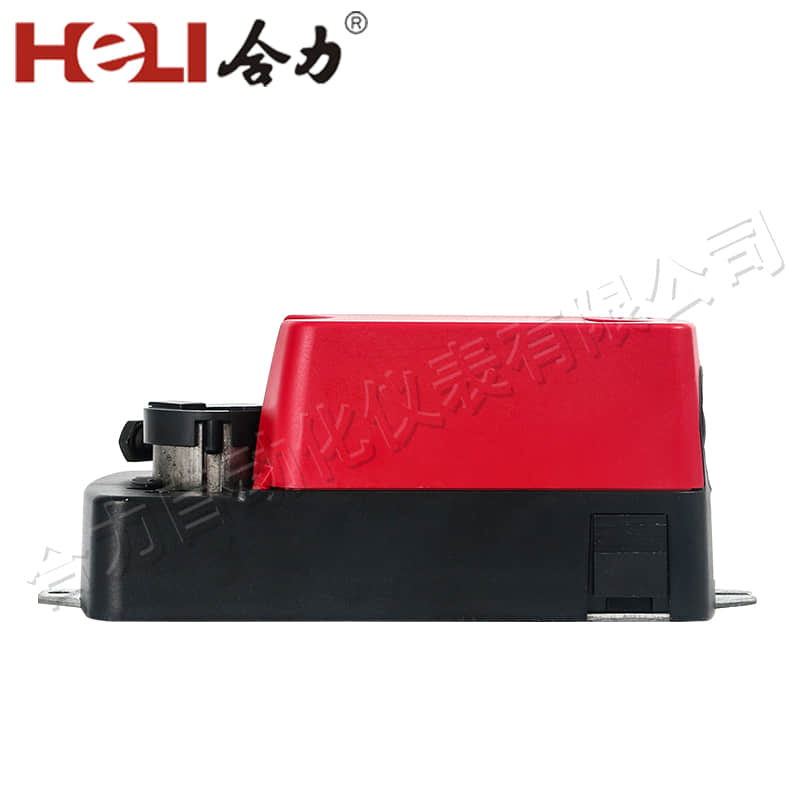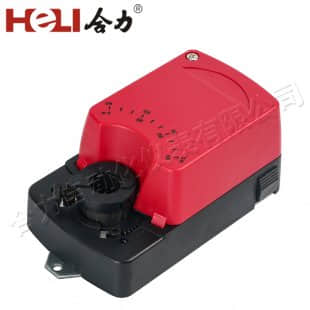In the realm of modern control systems, the damper actuator stands as a pivotal component, playing a crucial role in maintaining the desired operational conditions within various industrial and domestic applications. This article delves into the intricacies of the damper actuator, exploring its function, operation, and significance in today’s technological landscape.

The damper actuator is essentially a device that controls the position of a damper, regulating the flow of air or fluid within a system. It operates based on signals received from a control system, which can be either manual or automated. The actuator converts these signals into mechanical movements, adjusting the damper’s position accordingly. This adjustment allows for precise control over the airflow, ensuring optimal performance and efficiency.

The working principle of a damper actuator is relatively straightforward. It typically consists of a motor, gearbox, linkage system, and position feedback mechanism. The motor receives the control signal and converts it into rotational motion. This motion is then transmitted through the gearbox, which reduces the speed and increases the torque, enabling fine-grained control. The linkage system connects the gearbox to the damper, allowing for the actuator to move the damper to the desired position. The position feedback mechanism ensures that the actuator knows its current position and can adjust accordingly, maintaining accuracy and reliability.
